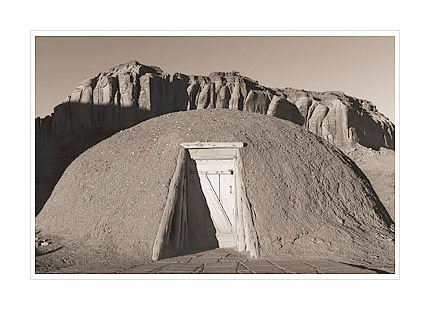
Hogan and Mesa
This photograph was taken with the Kodak DCS 560 6 million pixels digital camera which I tested for Electronic Publishing Magazine. The tests, together with a multi-page report on the camera and my impressions of it, were publised in the February 1998 issue of Electronic Publishing.
I saw the image in black and white in my mind's eye. However, I originally shot in color because the DCS 560 did not include a black and white mode. In fact no professional digital camera, to my knowledge, includes a built-in black and white mode. I created the black and white version in photoshop by reducing the original file to a grayscale image and then adding a sepia tone to it in RGB mode.
The original color photograph was published on the Cover of Electronic Publishing with a serious cropping to make it vertical instead of an horizontal. The cover is below and provides an interesting insight on how cropping can affect an image.
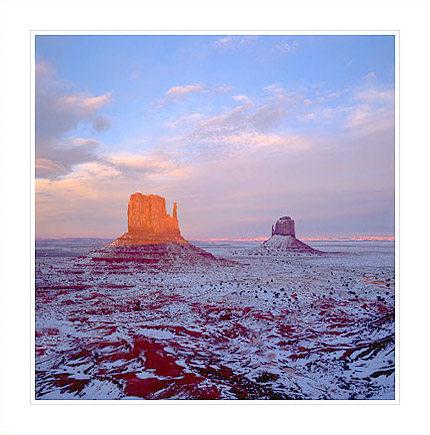
Winter Solstice
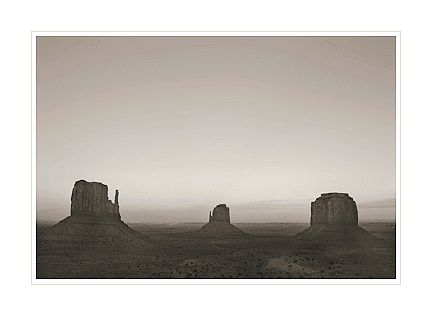
Sepia Dusk
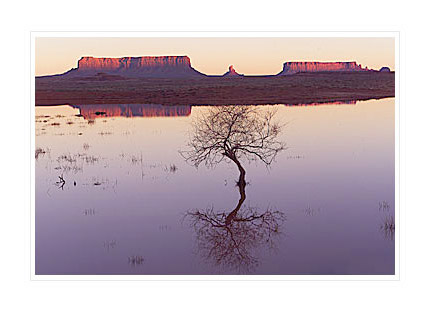
Surreal Landscape
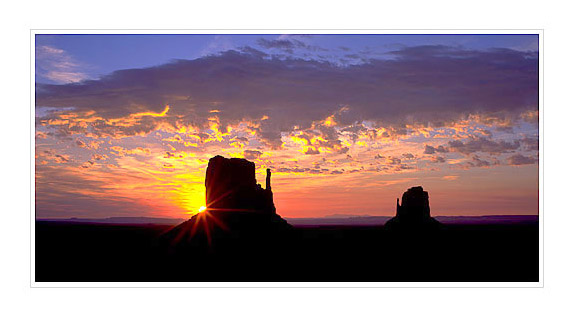
Solstice Sunrise
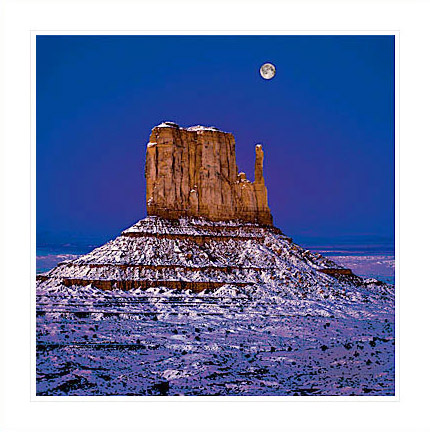
Monument Valley Moonrise
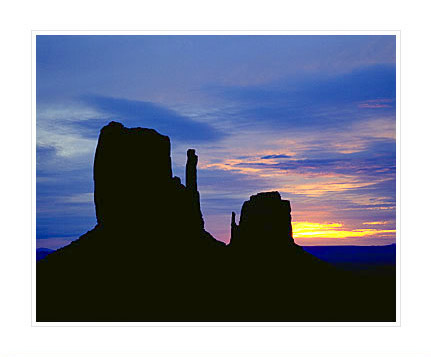
Dawn, Monument Valley
Tear Drop Arch Moonrise
Shrouded Mesa
Sand Dunes and Totem Pole #1
Sand Dunes and Totem Pole #2
Sunrise
Text and images are copyright © Alain Briot 2010
All rights reserved worldwide